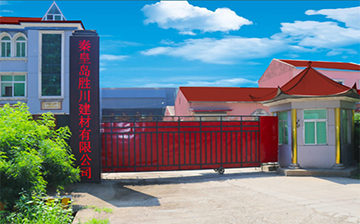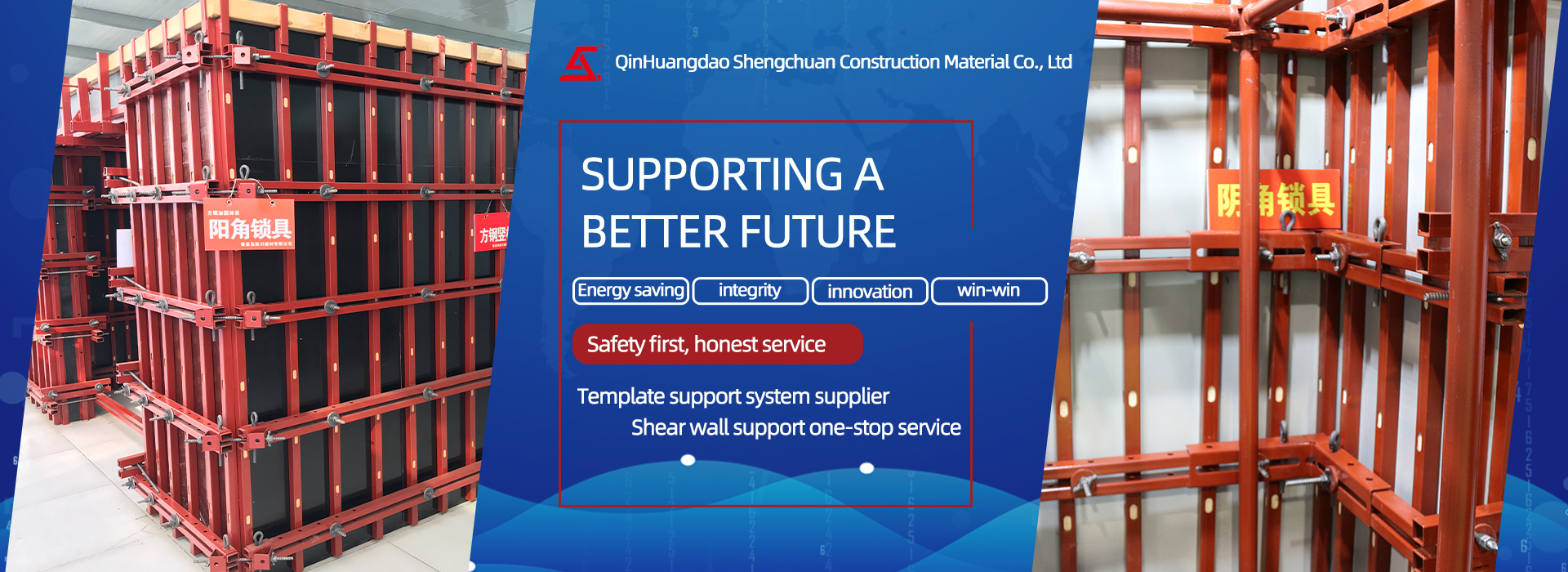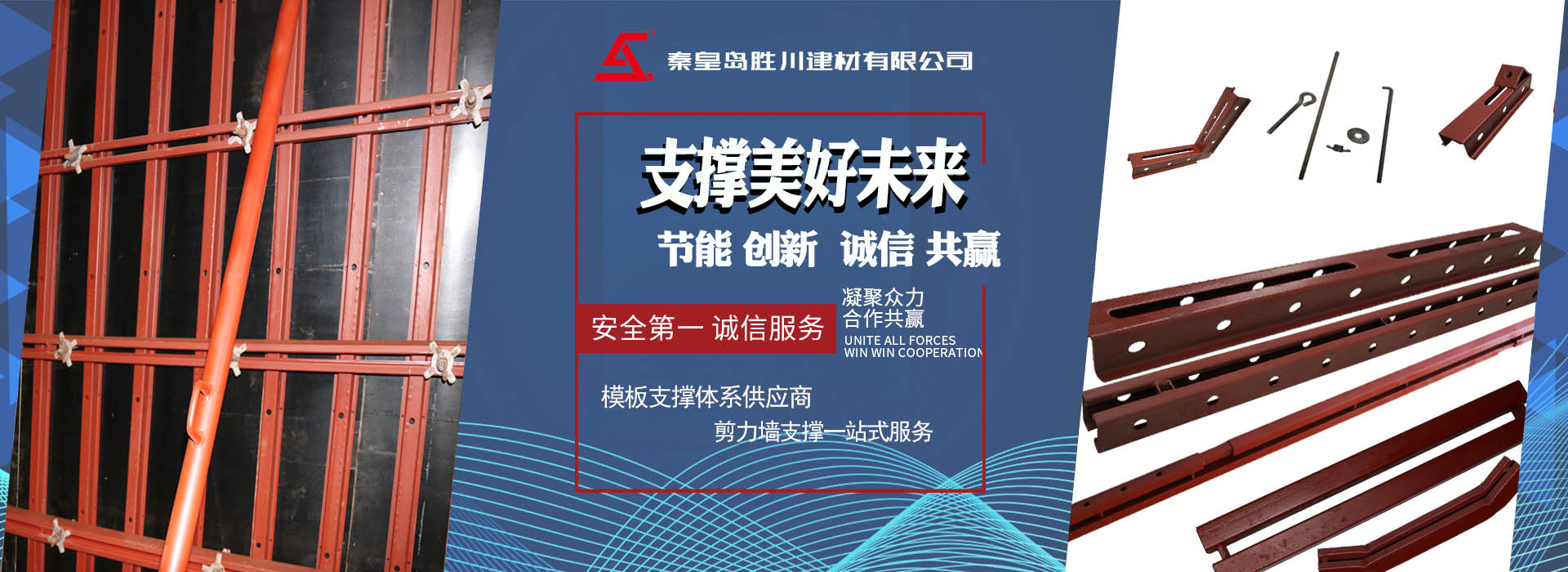
What are the disadvantages of steel back ridge reinforcement system
In traditional building construction, two steel pipes are connected together as the main keel, and then combined with the fixed formwork of wall nails and iron wires.
What are the disadvantages of traditional steel back ridge reinforcement system
1. The combination of steel pipe and timber is not enough to fix the gap and internal and external corners of the shear wall. The four corners of the inverted wall are not sharp, and slurry flow is easy to occur.
2. The steel pipes can be locked only after being fixed one by one with iron wires, which is inconvenient and time-consuming. In addition, the length of the steel pipe is inconsistent with the required length, and the phenomenon of arbitrary splicing is serious, resulting in resource waste and management difficulties.
3. The steel pipe and timber shall be cut by workers according to the wall thickness, wall length and wall height to meet the requirements of different elevations of internal and external walls and formwork support. Several floors down, the shorter the square timber is cut, the steel pipe will be cut, resulting in construction costs and construction waste storage problems on the site.
4. The square timber will be damp, dry and shrink when the concrete is poured and crushed. If not handled properly, it is easy to deform and crack.
New type steel back ridge support
1. The frame lapping construction is simple and efficient, ensuring the overall structure of the project.
2. It has strong bearing capacity, stiffness and stability, and can bear the dead weight and lateral pressure of cast-in-place concrete, as well as the load expansion force generated during construction, effectively solving the problem of joint grouting formwork.
3. The design structure is reasonable, the lapping reinforcement effect is fast, and the safety is more reliable.
4. Now pay attention to construction quality and modeling effect. In the process of concrete pouring, it can effectively prevent the mold from running and leaking. After removing the formwork, the later plastering process of the wall can be avoided.




 Jgw Anbei No. 13032202000134
Jgw Anbei No. 13032202000134


